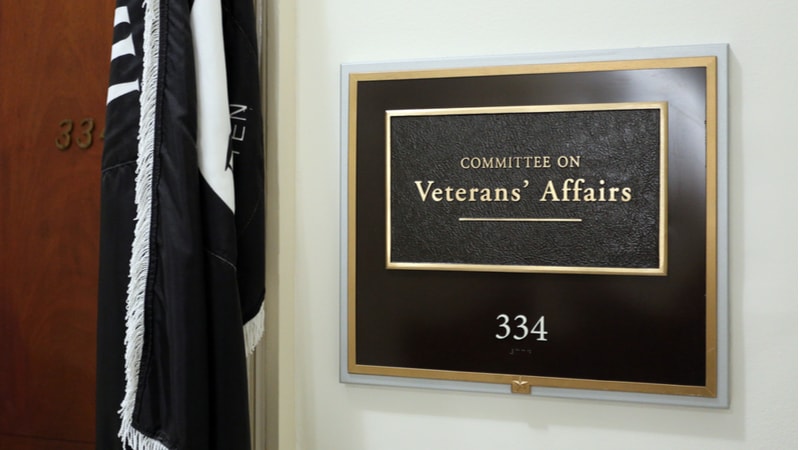
Members of Congress and officials from the Department of Veterans Affairs (VA) discussed the value of data-driven suicide prevention strategies at a Jan. 29 House Committee on Veterans’ Affairs hearing led by committee Chairman Rep. Mark Takano, D-Calif.
Renee Oshinski, deputy under secretary for health for operations and management at the Veterans Health Administration (VHA), explained how the statistics around veteran suicide are pushing the agency to adjust its approach. For example, research on the importance of community care for veterans is influencing the agency’s state and local strategy.
“We have begun a multi-prong strategy that places veterans at the center of care. From the VA as well as from state and local governments through our governor and mayor challenges, … we are continuing to research and refine to make our tools even better,” she said.
In Oshinski’s witness statement, she shared data suggesting that VHA care programs are reducing veteran suicide rates. Between 2016 and 2017, the suicide rate among veterans who did not use VHA care increased by 11.8 percent, but the suicide rate among veterans who were recently in VHA care only increased by 1.3 percent. Oshinski said that these indicators offer “anchors of hope upon which we can continue to build.”
Rep. Takano praised VHA as a source of suicide prevention research more generally, but emphasized the importance of scaling strategies across the agency.
“VHA is a leader in suicide prevention research … [but] VHA’s research discoveries and its policies must be put into the practice in every VA location,” the chairman said. “When those strategies are found to be effective, VA must ensure that those strategies are widely and systematically adopted,” he added.
David Carroll, executive director of the Office of Mental Health and Suicide Prevention at VHA, said the agency is using “evidence-based programs to help communities recognize better ways to connect with veterans.”
For example, Oshinski shared how the agency is exploring creative ways to expand its popular telehealth program despite rural bandwidth connectivity issues. The agency wants to work with Walmart, because of its strong presence in rural areas, to boosts veterans’ connection to health services.
Representatives and witnesses alike agreed that policy solutions are a critical part of VA’s approach to suicide prevention. The hearing coincided with Takano’s introduction of a bill to provide no-cost emergency mental health care to any veteran, regardless of benefits eligibility.
Additionally, the Advancing Research to Prevent Suicide Act sponsored by Rep. Ben McAdams, D-Utah, prioritizing suicide prevention research at-large passed the House late Jan. 27. If agreed to by the Senate, this bill would direct the National Science Foundation to establish suicide prevention research grants.
“Treating veterans with complex mental health care needs not only requires sophisticated clinical skills but also training and compliance with policies and procedures to guide seamless coordination of care,” Julie Kroviak, deputy assistant inspector general (IG) for healthcare inspections at VA, explained.
Representing the IG office, Kroviak also noted gaps in communication, staffing shortages, policy implementation inconsistencies, and absent leadership positions as VA challenges to executing suicide prevention strategies.
Ranking Member Rep. Phil Roe, R-Tenn., added, “Policies and procedures are important in prevention, but we need to move a step back and prevent it before it even gets to those … [We need to] prevent the person even being in the hospital.”
